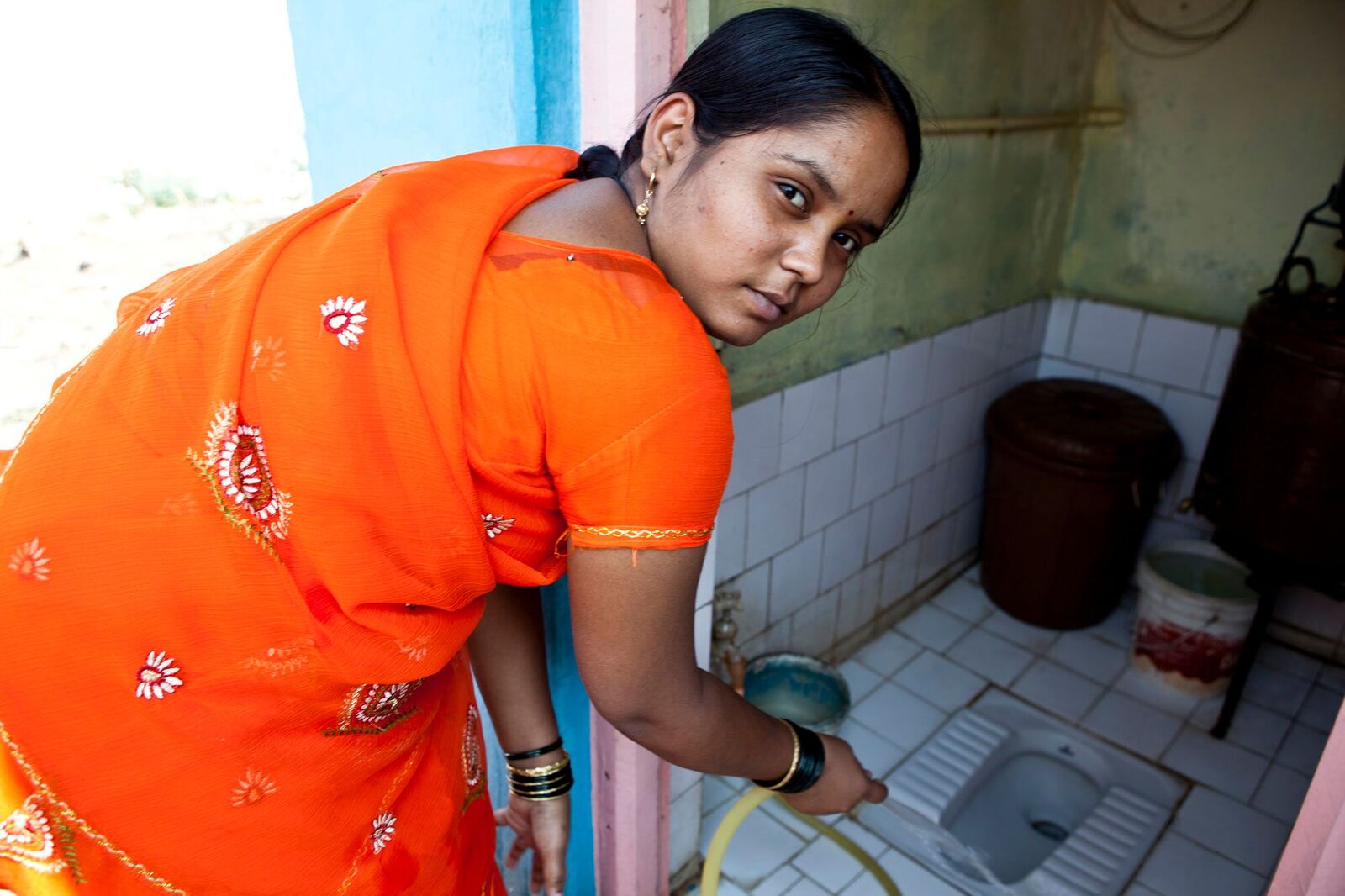Since the launch of ‘Swachh Bharat Abhiyan’ (Clean India Mission) in 2014, sanitation has become a key focus area for the government, local authorities, corporates and philanthropists. The end goal of this project is to construct 120 million toilets in rural India, at a projected cost of INR1.96 lakh crore (US$29 billion).
 While construction of toilets is certainly required, we need to look beyond and focus on the overall sanitation value chain involving waste treatment and the reuse of treated waste.
While construction of toilets is certainly required, we need to look beyond and focus on the overall sanitation value chain involving waste treatment and the reuse of treated waste.
A survey by the National Sample Survey Office conducted between May and June 2015 found that out of 3,788 villages and 2,907 urban blocks, only 56.4% of the urban wards have a sewer network. Around 80 per cent of the sewage in India flows into rivers, lakes and ponds, thereby polluting these water bodies. India spends almost INR1.15 lakh crore (US$17 billion) a year treating water-borne diseases.
This calls for the involvement of the government and other key stakeholders across the entire sanitation value chain. Corporates and philanthropists in particular play a key role in ensuring that there are adequate sanitation facilities and the entire value chain is examined and improved.
Visit the Dasra website for more information.






Comments (0)